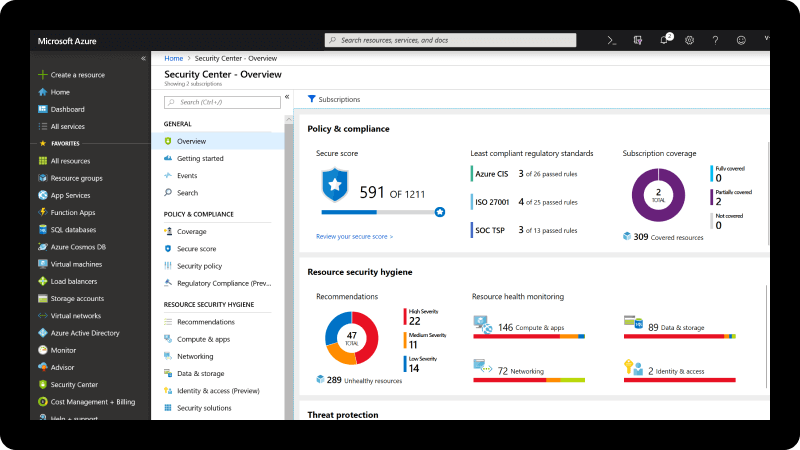
As businesses gather, store and analyze an ever-increasing amount of data, tools for helping them discover, catalog, track and manage how that data is shared are also becoming increasingly important. With Azure Purview, Microsoft is launching a new data governance service into public preview today that brings together all of these capabilities in a new data catalog with discovery and data governance features.
As Rohan Kumar, Microsoft’s corporate VP for Azure Data, told me, this has become a major pain point for enterprises. While they may be very excited about getting started with data-heavy technologies like predictive analytics, those companies’ data and privacy-focused executives are very concerned to make sure that the way the data is used is compliant or that the company has received the right permissions to use its customers’ data, for example.
In addition, companies also want to make sure that they can trust their data and know who has access to it and who made changes to it.
“[Purview] is a unified data governance platform which automates the discovery of data, cataloging of data, mapping of data, lineage tracking — with the intention of giving our customers a very good understanding of the breadth of the data estate that exists to begin with, and also to ensure that all these regulations that are there for compliance, like GDPR, CCPA, etc, are managed across an entire data estate in ways which enable you to make sure that they don’t violate any regulation,” Kumar explained.
At the core of Purview is its catalog that can pull in data from the usual suspects, like Azure’s various data and storage services, but also third-party data stores, including Amazon’s S3 storage service and on-premises SQL Server. Over time, the company will add support for more data sources.
Kumar described this process as a “multi-semester investment,” so the capabilities the company is rolling out today are only a small part of what’s on the overall road map already. With this first release today, the focus is on mapping a company’s data estate.

Image Credits: Microsoft
“Next [on the road map] is more of the governance policies,” Kumar said. “Imagine if you want to set things like ‘if there’s any PII data across any of my data stores, only this group of users has access to it.’ Today, setting up something like that is extremely complex and most likely you’ll get it wrong. That’ll be as simple as setting a policy inside of Purview.”
In addition to launching Purview, the Azure team also today launched into general availability Azure Synapse, Microsoft’s next-generation data warehousing and analytics service. The idea behind Synapse is to give enterprises — and their engineers and data scientists — a single platform that brings together data integration, warehousing and big data analytics.
“With Synapse, we have this one product that gives a completely no-code experience for data engineers, as an example, to build out these [data] pipelines and collaborate very seamlessly with the data scientists who are building out machine learning models, or the business analysts who build out reports for things like Power BI.”
Among Microsoft’s marquee customers for the service, which Kumar described as one of the fastest-growing Azure services right now, are FedEx, Walgreens, Myntra and P&G.
“The insights we gain from continuous analysis help us optimize our network,” said Sriram Krishnasamy, senior vice president, strategic programs at FedEx Services. “So as FedEx moves critical high-value shipments across the globe, we can often predict whether that delivery will be disrupted by weather or traffic and remediate that disruption by routing the delivery from another location.”

Image Credits: Microsoft

